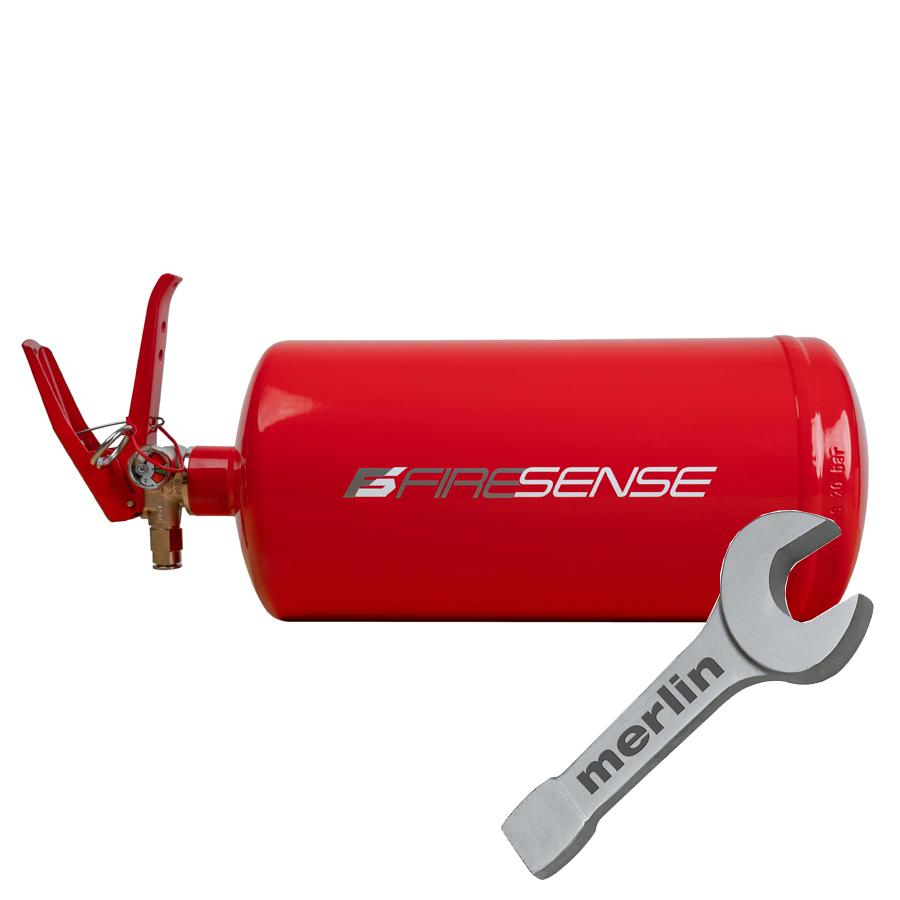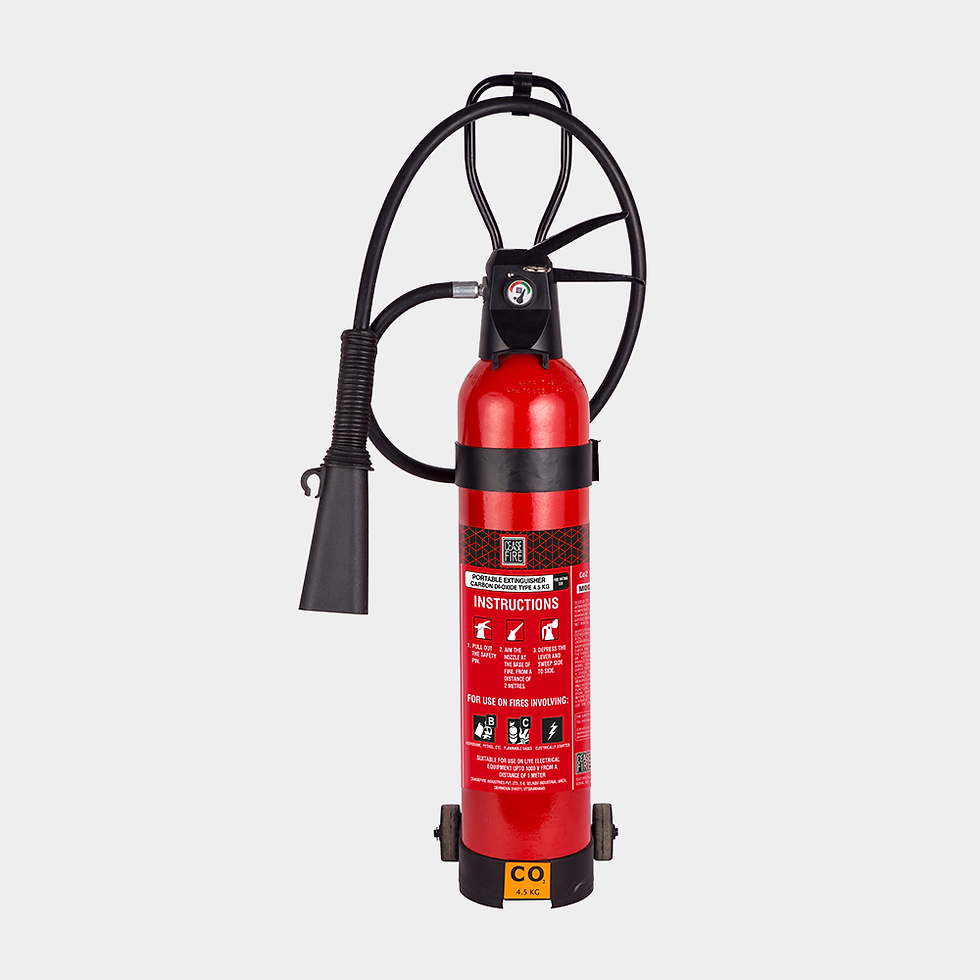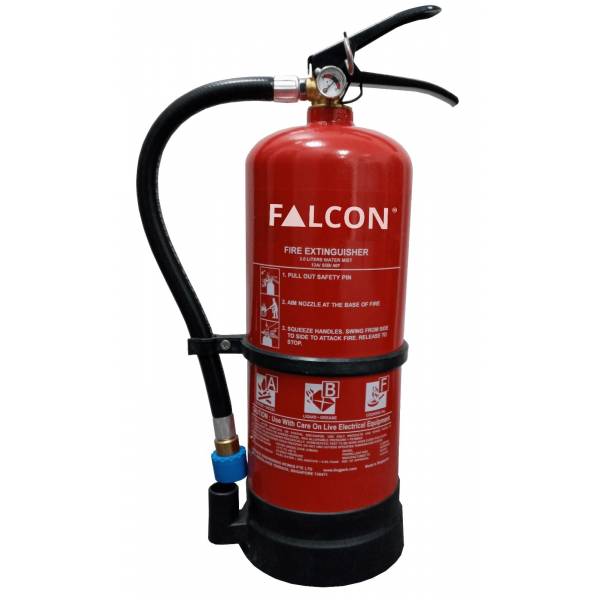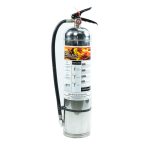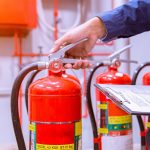I. Introduction to Class C Fire Extinguishers
A. Definition and Purpose
A Class C fire extinguisher is a type of fire extinguisher specifically designed to handle fires involving energized electrical equipment, such as appliances, wiring, circuit breakers, and outlets. The primary purpose of a Class C fire extinguisher is to contain and suppress fires where electricity is present in order to prevent electrocution and further damage to the surrounding area.
B. Types of Fires Class C Extinguishers Are Designed to Combat
Class C fires are characterized by the involvement of electrical equipment. They occur when live electrical equipment comes into contact with a combustible material, resulting in a fire that is effectively fueled by the electrical source. Examples of potential Class C fire hazards include short circuits, overloaded electrical outlets, faulty wiring, and electrical appliance malfunctions.
II. Characteristics of Class C Fire Extinguishers
A. Types of Class C Extinguishers Available
Class C fire extinguishers are typically available in various types, with the most common options being dry chemical, carbon dioxide (CO2), and clean agent extinguishers. Dry chemical extinguishers are filled with a specially-formulated powder designed to smother fires by interrupting the chemical reaction of the fire triangle. Carbon dioxide extinguishers dispense CO2 gas to displace oxygen, effectively suffocating the fire. Clean agent extinguishers utilize non-conductive and residue-free agents to extinguish fires, making them suitable for use around sensitive electrical equipment.
B. Unique Features and Components
Class C fire extinguishers are equipped with features specifically tailored to combat electrical fires. Many models have non-conductive discharge hoses and nozzles to ensure the operator’s safety when dealing with electrical fires. Additionally, these extinguishers can discharge their agents at a rapid pace to prevent the spread of flames.
C. Proper Usage and Handling
Proper usage and handling of Class C fire extinguishers are vital for ensuring their effectiveness during an emergency. It is crucial to understand the operating instructions and familiarize oneself with the specific type of fire extinguisher being used. Moreover, individuals should be trained in the proper techniques for approaching and extinguishing electrical fires, including maintaining a safe distance from the source of the fire and pointing the extinguisher’s nozzle at the base of the flames. Regular maintenance, inspections, and recharging as necessary are also essential to ensure that the extinguisher is fully operational when needed.
III. Recommended Maintenance and Inspection for Class C Fire Extinguishers
A. Regular Inspections and Testing
Proper maintenance and regular inspections are crucial for ensuring the reliability and effectiveness of Class C fire extinguishers. Inspections should be conducted at regular intervals, as per the manufacturer’s recommendations, to check for any signs of damage, blockages, or corrosion. Testing the operational readiness of the extinguisher is essential to confirm that it can be readily deployed in the event of a fire.
B. Proper Storage and Handling
Proper storage and handling of Class C fire extinguishers are vital for maintaining their functionality. Extinguishers should be stored in clearly designated and easily accessible locations where they are visible and readily available in the event of an emergency.
C. Understanding Expiration Dates and Recharges
Class C fire extinguishers have a designated service life, and it is essential to be aware of their expiration dates. Regular inspections should include checking the extinguisher’s pressure gauge, as well as verifying the condition of the seals and safety pin. Recharging may also be necessary after each use or if there is any indication of tampering, damage, or pressure loss. Understanding the expiration dates and scheduling recharges as needed is crucial to ensure that the extinguisher remains operational and ready for use.
IV. Importance of Class C Fire Extinguishers for Electrical Fires
A. Understanding Class C Fires
Class C fires are unique in that they involve electrical equipment as the ignition source. These fires result from the interaction of electrical energy with combustible materials. It is important to recognize that traditional methods of firefighting, such as water-based extinguishers, are not suitable for use on Class C fires due to the risk of electrical shock and the potential for spreading the fire.
B. Special Considerations for Electrical Equipment
When dealing with electrical fires, it is essential to exercise caution and use extinguishing agents that do not conduct electricity. Class C fire extinguishers are designed to address this specific need by using non-conductive extinguishing agents that effectively suppress the fire without posing a risk to the operator or exacerbating the electrical hazard. This specialized approach ensures the safety of individuals and minimizes the risk of further damage to electrical equipment.
C. Examples of Potential Class C Fire Hazards
Numerous scenarios can lead to Class C fires, including overloaded power outlets, short circuits, damaged wiring, and electrical equipment malfunctions. In homes, offices, and industrial settings, the use of various electrical appliances and systems presents a continuous risk of potential Class C fire hazards. Being aware of these potential sources of ignition is essential for implementing preventive measures.
V. Importance of Training in Using Class C Fire Extinguishers
A. Understanding Fire Safety Protocols
Understanding and following fire safety protocols is crucial for effective fire prevention and management. It entails having a comprehensive understanding of the different classes of fires, including Class C fires, and being aware of the appropriate response measures. Fire safety protocols also encompass knowledge of the location and usage of fire extinguishers. As well as evacuation procedures in the event of a fire emergency.
B. Types of Training Available
Training in the use of Class C fire extinguishers is essential for ensuring that individuals are prepared to respond effectively to electrical fires. Various types of training programs are available, ranging from basic fire safety and extinguisher operation courses to more advanced programs that provide detailed hands-on experience in using fire extinguishing equipment.
C. Creating an Emergency Response Plan
Creating an emergency response plan is a fundamental aspect of fire safety preparedness. An effective plan should outline the roles and responsibilities of individuals during a fire emergency, including the designated personnel responsible for operating Class C fire extinguishers. It should also include clear communication channels, evacuation routes, and assembly points. Regular drills and exercises are essential to ensure that all occupants are familiar with the emergency response plan and can respond appropriately in the event of a fire.
VI. Final Thoughts: Ensuring Safety with Class C Fire Extinguishers
A. Importance of Having Proper Fire Safety Equipment
Proper fire safety equipment, including Class C fire extinguishers, is vital for mitigating the risks associated with electrical fires. The presence of functional extinguishers in key locations within homes, workplaces, and public spaces can significantly enhance the capability to contain and extinguish Class C fires, thereby reducing the potential for injury, property damage, and business disruption.
B. Taking Necessary Precautions in the Event of a Fire
In the event of a fire, regardless of its origin, taking necessary precautions can make a significant difference in ensuring the safety of individuals and minimizing the impact of the fire. This includes promptly alerting others, promptly evacuating the area, and contacting emergency services, as well as making targeted and informed decisions in deploying fire extinguishers when safe to do so. It is crucial to prioritize personal safety and understand when it is appropriate to attempt to extinguish a fire with a Class C fire extinguisher and when evacuation is the safest course of action.
